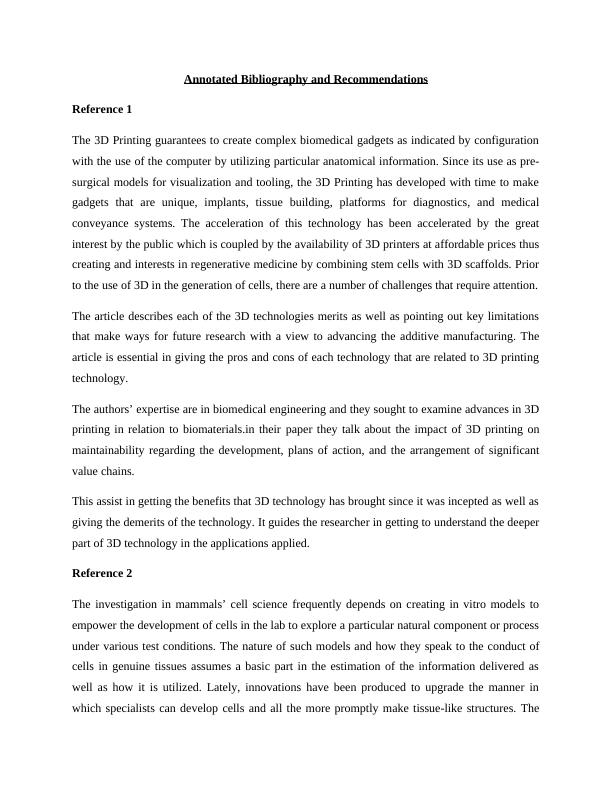Advances in 3D Printing and Cell Culture Technologies for Biomedical Applications
Added on 2023-06-12
3 Pages690 Words261 Views
End of preview
Want to access all the pages? Upload your documents or become a member.
(PDF) What is an ICT professional anyway?
|4
|742
|64
A Review of the 3D Printing of Functional Structures for Medical Phantoms
|4
|663
|132
Annotated Bibliography - Assignment PDF
|4
|610
|77
Medical Essay 2022
|3
|497
|14
3D printing applications for the biome PDF
|3
|834
|99
Antimicrobial Polymers for Additive Manufacturing
|7
|2497
|75

